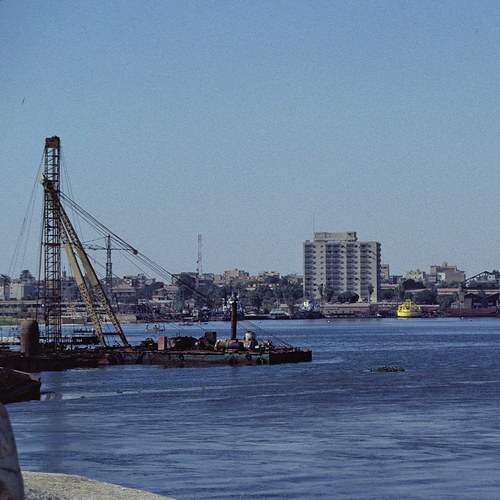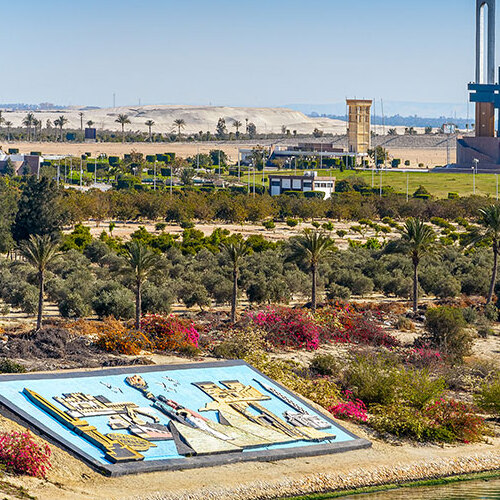No other nation in the world says ‘Welcome’ as often as the Egyptians, and every time, they mean it. While the ancient civilization of Egypt continues to amaze, contemporary Egyptians are equally remarkable.
Suez Canal Charms
The Storied City at the Heart of the Canal
Ismailia, often hailed as the “Groom of All Canal Cities,” has a rich and significant history intricately tied to the Suez Canal. Its origins trace back to 1863 when it was established by the renowned French engineer Ferdinand de Lesseps, the visionary behind the construction of the Suez Canal itself. The city earned its name in honor of the ruling Egyptian Khedive, Ismāʿīl Pasha, whose grand palace was erected for the grand opening of the canal in 1869, although it now stands in ruins. Ismailia’s layout reflects the contemporary urban planning style of the 19th century, characterized by wide avenues, tree-lined squares, and verdant parks and gardens, all organized in a gridiron street pattern.
Historical Significance: Ismailia’s history is intertwined with pivotal moments in modern Egyptian history. In January 1952, the city played a crucial role when British forces suppressed an uprising led by rebellious Egyptian police officers. This event would ultimately contribute to the overthrow of King Farouk I later that year and the subsequent Egyptian Revolution.
The Prosperous Canal Era: During the periods when the Suez Canal was open to maritime traffic (1869–1956 and 1957–67), Ismailia flourished. It served as the operational headquarters of the Suez Canal Company and the Central Movement Office, responsible for regulating canal traffic. The city thrived economically and culturally during this time.
Challenges and Resilience: The closure of the Suez Canal for eight years following the June (Six-Day) War of 1967 presented a substantial challenge. Ismailia’s economic foundations were shaken, and a significant portion of its population was resettled in other parts of Egypt. However, with the cease-fire and subsequent peace following the October (Yom Kippur) War of 1973 with Israel, coupled with the reopening of the Suez Canal in 1975, Ismailia experienced a resurgence. Refugees returned, the government constructed new housing, and a tax-free industrial zone was established in alignment with President Anwar el-Sādāt’s infitāḥ (open-door) policy. Industries such as food processing, tractor and engine manufacturing, and shipyard operations thrived. In the early 1980s, a power plant was erected within the city, further enhancing its infrastructure. Additionally, the Suez Canal University, founded in 1975, has played a crucial role in Ismailia’s intellectual and academic landscape.
Ismailia’s historical tapestry weaves together the grand vision of the Suez Canal’s creator, the challenges faced during tumultuous times, and the resilience that has allowed the city to flourish as a symbol of progress and prosperity. Today, Ismailia stands as a testament to its enduring legacy and its enduring importance in Egypt’s narrative.
Created On March 18, 2020
Updated On Aug , 2024
ISMAILIA Travel Guide



